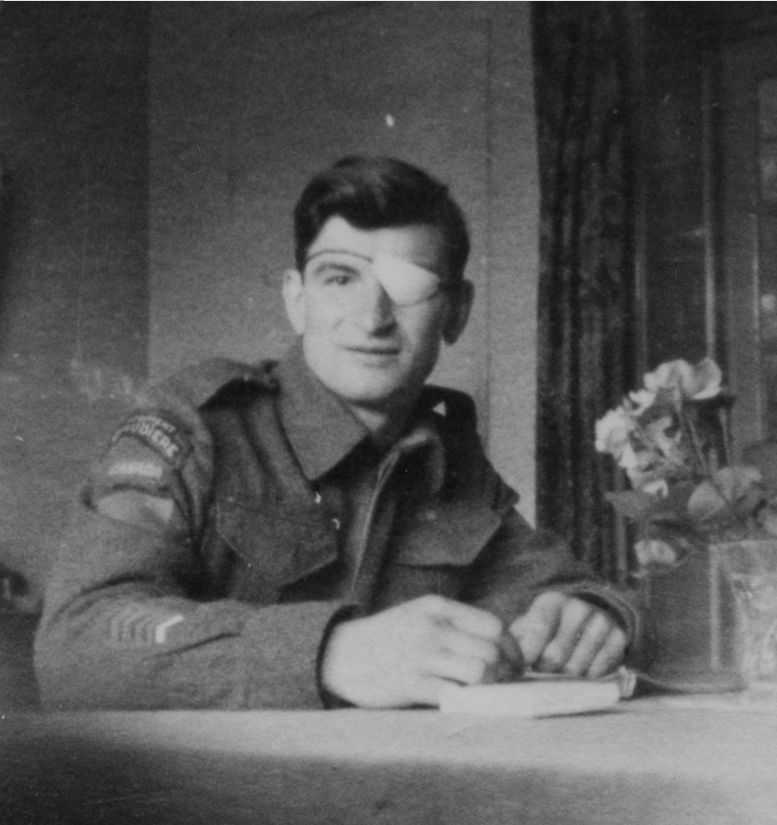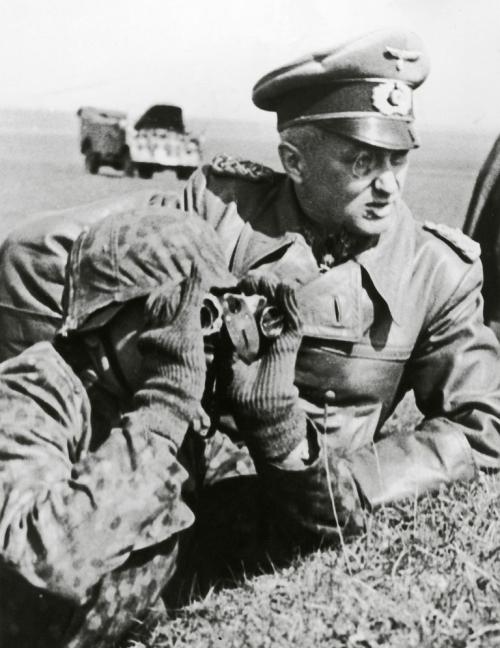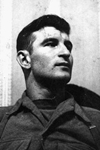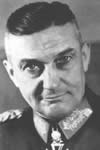Helicopters Should Be Useful Against U-Boats
The War Illustrated, Volume 6, No. 153, Page 728, April 30, 1943.
Britain has placed orders in America for helicopters, announced Capt. H. Balfour, Under-Secretary of State for Air, in the House of Commons on March 11. These aircraft, he went on to state, would be employed to help protect our shipping against U-boat attacks. Capt. Balfour's announcement followed reports from the U.S.A. that the Vought-Sikorsky helicopter was being produced in quantities for service tests for the American Army.
The U.S. Naval authorities have also decided to use this aircraft as an anti-submarine weapon owing to the facility with which it can take off and land vertically from the deck of a ship. The helicopter can carry depth charges or bombs, which it drops with a hundred per cent accuracy.
Designers have long been attracted to rotating-wing aircraft, that is, the type with thin flexible blades rotating on a vertical axis. The helicopter works on different principles from those of the autogyro. It does its flying by means of its rotor, the angle of whose blades can be altered to fly the machine in any direction of the compass, in addition to a rising or descending angle.
The present version of the helicopter is the result of more than 30 years' work on the problem of direct-lift aircraft, begun in Russia in 1910 by Major Sikorsky, and continued in America after the last war. In France also Bréguet carried out numerous experiments in helicopter research. Model experiments confirmed results obtained by the Chinese hundreds of years before.
The Vought-Sikorsky helicopter has extraordinary manoeuvrability, and is able to stop its forward travel in a matter of seconds.
Index
Previous article
How Montgomery Captured the Mareth Line
"In the battle that is now to start", said General Montgomery in his message to his troops on the eve of the battle against the Mareth Line, "the Eighth Army will destroy the enemy now facing us in th
Next article
There's Now a West Point Over Here
Everyone has heard of the United States Military Academy at West Point, New York; since it opened in 1802 it has trained many thousand highly educated and efficient officers for the U.S. Army. This ar







